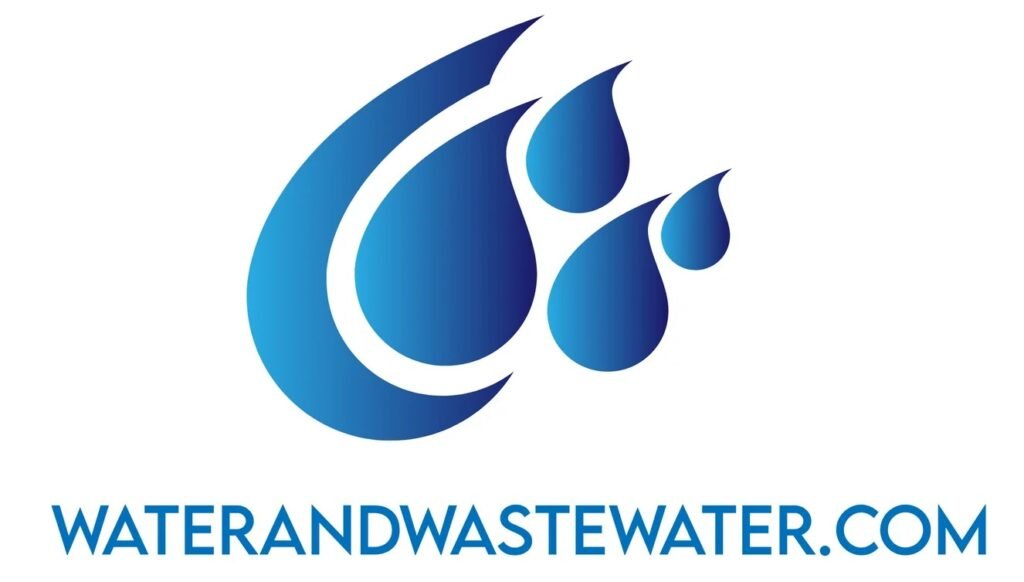Tag: challenge
Introduction The Milwaukee Metropolitan Sewerage District (MMSD) serves as a pivotal entity in southeastern Wisconsin, with its operations extending far beyond traditional wastewater management. As one of the foremost public utilities in the region, MMSD’s responsibilities encompass the treatment of combined sewer overflows (CSOs), which are crucial for maintaining both public health and environmental […]
Wastewater Incineration: An In-Depth Exploration Introduction Wastewater incineration refers to the combustion process used to treat and dispose of the residual solids (often referred to as biosolids or sludge) produced from the treatment of municipal and industrial wastewater. As urbanization and industrial activities increase, managing the byproducts of wastewater treatment becomes increasingly critical. […]
Cyclodextrin Polymer Adsorbents: Revolutionizing Separation and Environmental Remediation Introduction Cyclodextrin polymer adsorbents have garnered significant attention across various fields, ranging from environmental remediation to pharmaceuticals, food industry, and even advanced materials. These unique compounds leverage the versatile properties of cyclodextrins (CDs) — cyclic oligosaccharides composed of α-(1→4)-linked glucopyranose units — which possess a […]
Wastewater treatment facilities are vital to any modern city. They ensure that water cycles back into our environment clean and safe, protecting ecosystems and public health. In Miami-Dade County, the Central District Wastewater Treatment Facility (CDWWTF) is at the heart of such efforts. Serving one of the most populous counties in the United States, this […]
In the intricate world of wastewater treatment, the aeration basin is an indispensable component. Essential to the breakdown of organic material and the reduction of contaminants, the aeration basin serves as a controlled environment where aerobic microorganisms thrive. This article aims to provide an exhaustive overview of the aeration basin, examining its design, function, operational […]
Anaerobic digestion is a fascinating process that breaks down organic matter, such as manure and food waste, without the need for oxygen. This process not only helps in managing waste effectively but also produces biogas, a valuable source of renewable energy. Understanding how anaerobic digestion works can provide insights into its benefits for waste management and […]
Constructed wetlands are becoming an increasingly popular method for treating wastewater using natural processes. These systems employ wetland vegetation, soils, and their associated microbial communities to filter and improve water quality. Constructed wetlands mimic the functions of natural wetlands and are designed to degrade contaminants, remove sediments, and reduce nutrient levels in water. By taking […]
Biofiltration is a natural process that uses living materials, primarily plants and microbial communities, to filter and remove contaminants from air and water. This eco-friendly technology is increasingly being adopted across various industries due to its effectiveness and sustainability. Biofiltration systems are designed to enhance water quality, reduce runoff volume, and manage peak runoff rates, making […]
The activated sludge process plays a crucial role in wastewater treatment. This method uses a mixture of bacteria, protozoa, and other microorganisms to break down organic matter in sewage. By aerating the wastewater, these microorganisms grow and form clumps, or “floc” which can be separated from the treated water. The activated sludge process is effective in […]
When it comes to maintaining balanced water chemistry, adjusting pH levels is a crucial step. Whether you are treating drinking water, maintaining a pool, or working with industrial systems, the pH of the water can significantly impact its quality and safety. Correct pH adjustment helps prevent corrosion, scaling, and bacterial growth, ensuring a safe and efficient […]
